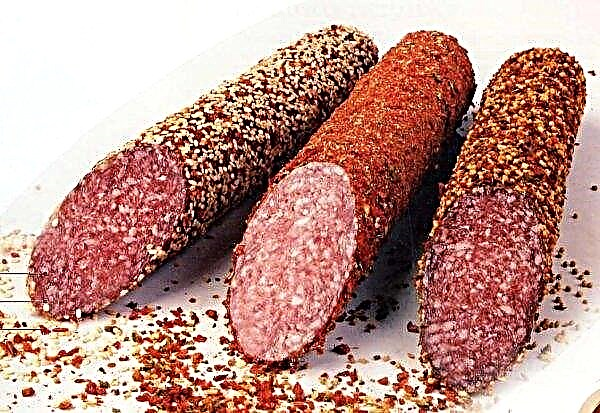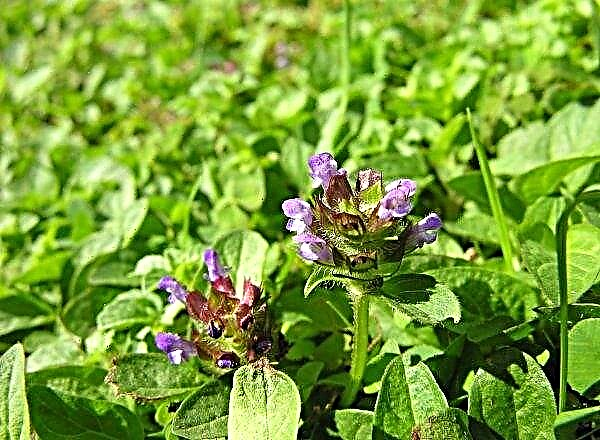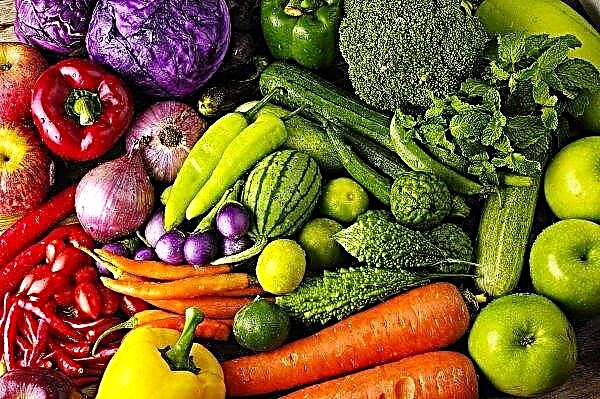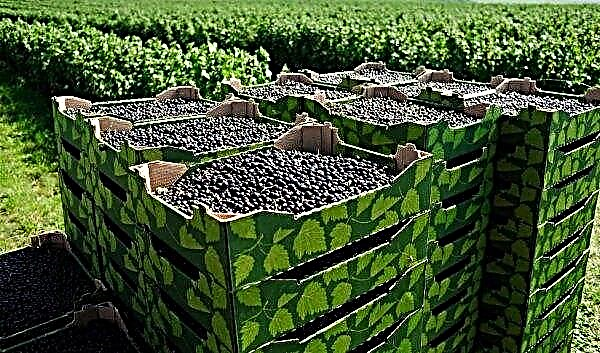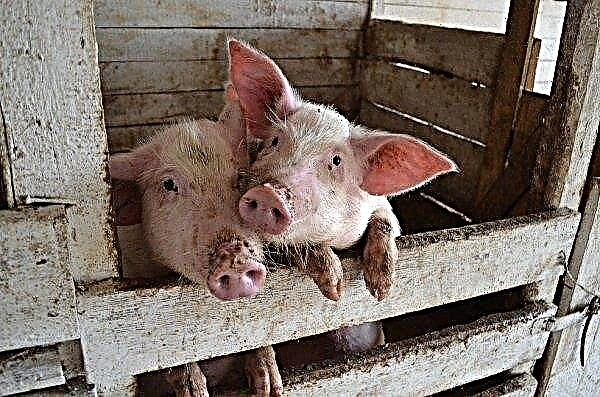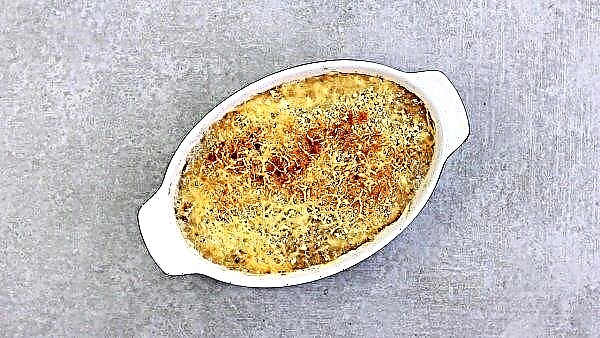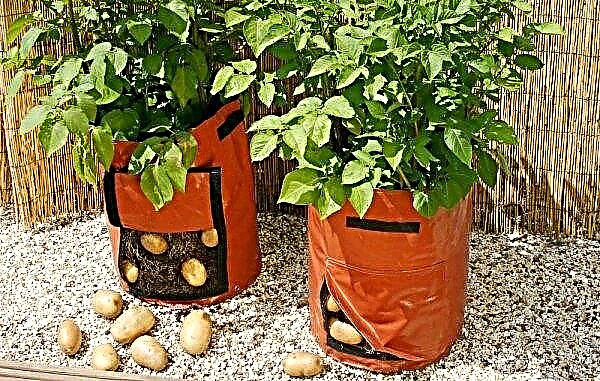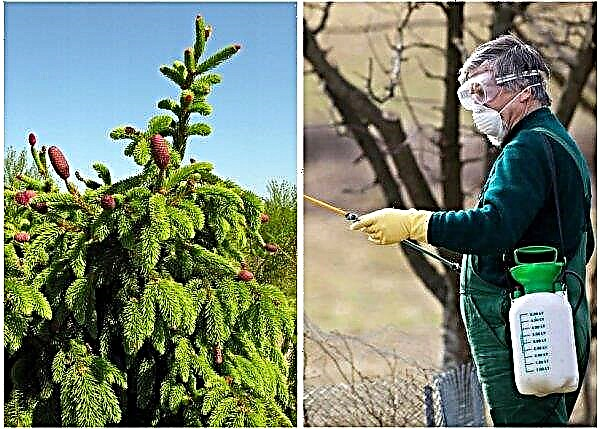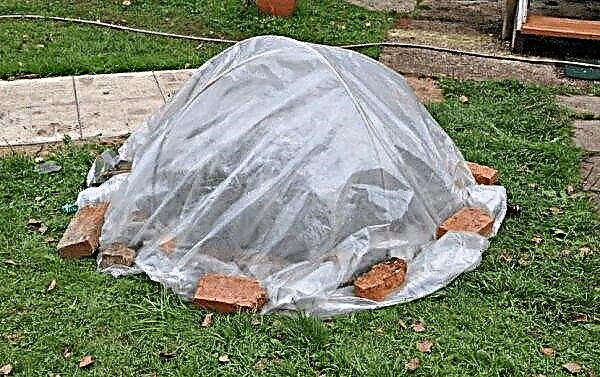Watermelon Icarus is a mid-late ripe berry, which is distinguished by a long shelf life, which is why it is so loved by summer residents. A detailed description of all the advantages and characteristics of culture is given below. Also in this article, the technology of growing and subsequent care for watermelon is given.
Description and characteristics of the variety
The variety has been cultivated since 1999 in the North Caucasus region. Obtained at the Bykov experimental station, which specializes in the cultivation of gourds. The work was carried out to consolidate the signs of resistance to drought and good keeping quality.
The plant is represented by long weaves with gray-green strongly dissected middle leaves. Shoots have a large number of lateral processes. The fruits, in turn, are in the form of an ellipse with a wide base. The surface is smooth, slightly segmented. Covered with dense dark green peel with pale stripes. The skin thickness is medium. The pulp is red-crimson, there are few seeds, the texture is grainy. It is juicy and sweet, with a pronounced watermelon aroma. On average, one berry grows to 6 kg, the maximum figure is 16 kg. The growing season lasts about 90-110 days. Productivity - 1.3–1.7 kg / m². Harvested fruits are well transported. They are used for fresh consumption, as well as for technical processing.Did you know? Regular consumption of watermelon enriches the body with vitamin A, B6, C and folic acid.

Pros and cons of the variety
- The main advantages of Icarus watermelon:
- strong peel, thanks to which the berry tolerates transportation well;
- resistance to drought;
- good keeping quality, can be stored up to 5 months;
- high taste;
- a small number of seeds.
- Disadvantages:
- deficiencies have not yet been identified.
Optimal timing for growing
Watermelon is planted in open ground in late May - early June. It is important that the top layer of soil with a thickness of 10-15 cm warms up to + 15 ° C. As for seedlings, it is sown in April.
Preparatory work
In order to get rich harvests, it is necessary to responsibly approach the selection of the site, as well as the preparation of planting material.
Video: Preparation of land for seedlings of watermelons and melons
Site selection and preparation
For planting watermelons, a site with sandy and sandy loam soils is distinguished, which are light and friable.
The soil after potatoes and perennial herbs is ideal. The site begins to be prepared in the fall, by digging and applying organic fertilizers, at the rate of 2.5 buckets per 1 m².Important! The beds should be well lit, otherwise the fruits will grow small and not sweet.
They continue to prepare in the spring, before landing, on the same area using:
- 25 g of ammonium sulfate;
- 40 g of superphosphate;
- 15 g of potash fertilizers.

Seed preparation
Preparation of planting material consists of the following steps:
- Calibration Seeds are sorted by size, which allows you to get the same seedlings.
- Warming up. The procedure is carried out in order to accelerate the process of seed germination. The selected material is placed for 30 minutes. into water at a temperature of 50 ° C.
- Disinfection. Next, the seeds withstand 20 minutes in a weak solution of potassium permanganate, which allows you to protect the shoots from a number of infections and pests.
- Germination. Seeds are laid out on a damp cloth and placed in a warm room until they peck.

The above activities are carried out with any method of cultivation.
Cultivation methods
There are two ways to grow watermelons. The first is seedlings, young shoots, previously grown in greenhouse conditions, are planted in open ground. The second - by sowing seeds directly to the site. A more detailed description of each of them is given below.
Seedling method
This method has several advantages. First of all, this is a high level of adaptation of seedlings, it is easier to take root and is not exposed to the harmful effects of external factors: low temperature, high soil density, etc.
Landing time
To obtain seedlings suitable for transplantation, on average, it takes about 30-40 days. Based on this, sowing is carried out in April.
Did you know? Thanks to the carotenoid pigment lycopene, the flesh of the watermelon is red, in addition, the substance has antioxidant, anti-cancer properties, and also slows down the aging of the body.
Landing technology
For planting seedlings, it is recommended to use separate containers. Potters with a diameter of 10 cm, in which 1-2 plants can be grown, are perfect. In a container half-filled with substrate, 1-2 seeds are sown to a depth of 4-5 cm. Before planting, the soil is moistened. Parallel to the growth of shoots, they add earth to the pot. The containers are covered with a film and placed in a dark place with a temperature of +23 ... + 25 ° С.
Seedling Care
After the seedlings sprout, they expose it to the light and lower the threshold of day and night temperatures to +20 ... + 22 ° С and +18 ... + 20 ° С, respectively. The film is removed and removed by weak sprouts. A week later, after biting, complex nitrogen-phosphorus fertilizers are applied in an amount of 25 g per 5 l of water. Then, after a week, the soil is fertilized with mullein diluted in water, calculated at 10: 1. Before planting in open ground, in about 7 days, the seedlings are “quenched” by lowering the temperature to +15 ... + 17 ° С.
Planting seedlings in the ground
Sprouted seedlings are planted when the soil warms up to +15 ... + 16 ° C at a depth of 10-15 cm. Basically, this is the end of May - the beginning of June.
Suitable seedlings are considered such seedlings:
- with a stem 1 cm thick;
- has short internodes;
- with 2-3 formed sheets.

The culture is planted in rows, between which they maintain a distance of 1.8–2 m. The plants themselves are placed at a distance of 60–80 cm. The holes are formed in such a way that they fit the entire earthly lump, removed from the temporary pot. The remaining space is covered with soil and watered.
The holes are formed in such a way that they fit the entire earthly lump, removed from the temporary pot. The remaining space is covered with soil and watered.
Important! In order to avoid damage to the root neck by winds, seedlings are planted in the soil much deeper than it grew in a pot.
Seed directly into the ground
In open ground, seeds are sown in the second half of May. The soil is pre-excavated, rows are formed according to the same pattern as indicated above. Seeds are planted with a depth of 5-6 cm in the holes, which form at a distance of 60-80 cm from each other. The soil is pre-moistened. Several seeds are placed in each well. After the seedlings hatch, the stands are thinned out.
Care Features
After the planting material appeared in the open ground, it remains only to follow the agricultural technology of this variety.
Watering and feeding
Water the crop about 8 times per season. The procedure is considered the most important at the following stages of growth:
- in the phase of 5-7 sheets;
- during flowering;
- during the formation of ovaries.
A week after planting, the plants are watered with a solution of:Important! During the ripening period, watering is stopped, because this reduces the quality of the berries.
- ammonium nitrate - 20 g;
- water - 10 l.
Bush formation
In order for the fruits to be large and grow quickly, it is necessary to form a whip. At the moment when the ovaries reach the size of an apple, barren shoots are cut. About 5-6 fruits are left on one bush, and the whips on which they grow pinch over the fifth leaf above the watermelon.
Pests and diseases
Melons, including Icarus, are susceptible to the following diseases:
- White rot. The surface of the plant is covered with white coating, in the future these places begin to decay. Affected shoots and fruits are removed and burned. After that, the plants are sprayed with a 0.5% solution of copper sulfate.
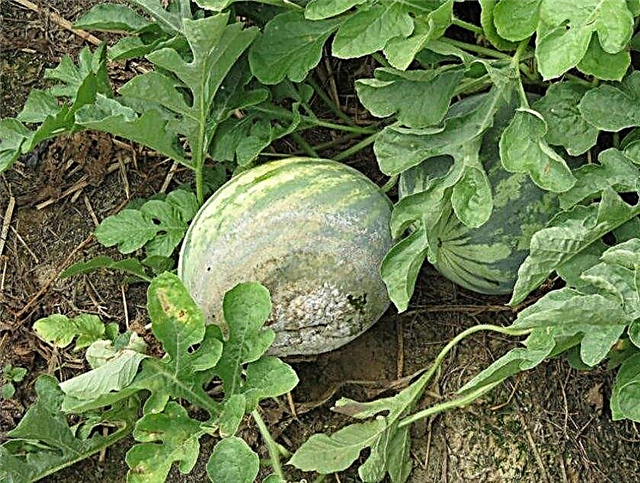
- Black rot. Symptoms are the same as the above ailment. However, the color of the plaque is grayish with black sclerotia of the fungus. The affected parts of the plant are destroyed, weeding and treatment with a 0.5% copper chloride solution are carried out.
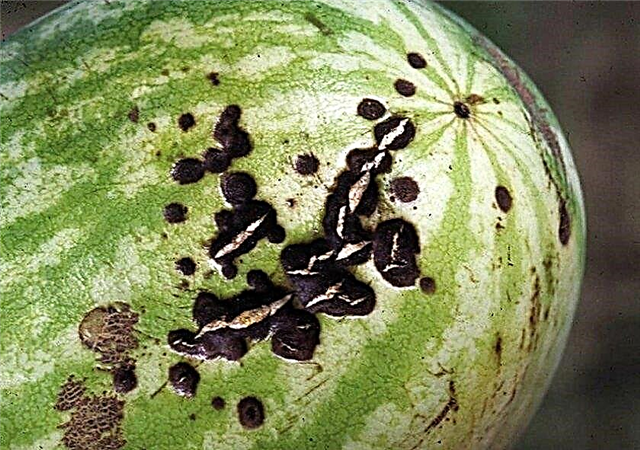
- Powdery mildew. Foliage, with this disease, becomes covered with white spots with a powdery coating and dies over time. When the first signs of an ailment are detected, the damaged parts are removed and the plant is treated with a 25% suspension of karatana.
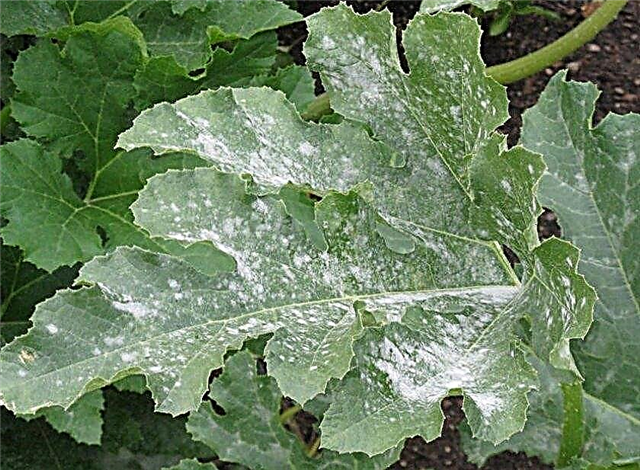
Of the pests - melon aphid. Usually located on the back of the foliage, which curls and falls. Over time, the plant dies completely. To prevent the occurrence of insects, it is important to remove weeds and clean the site, observe crop rotation, and conduct autumn digging of the soil.
To fight use ash infusion:
- 200 g of wood ash;
- 50 g of soap shavings;
- 10 liters of water.
Important! Spray the plantings from the bottom up to wet the bottom of the leaves as much as possible.
Harvesting and storage rules
Harvest fruits in September, produce the procedure as the ripe. Using garden scissors or a knife, they cut the berries, leaving a “tail” 2-3 cm long. For storage, a dark, well-ventilated room with a temperature of +5 ... + 8 ° C and humidity not more than 80% is allocated. The berries are laid out in boxes covered with straw, parchment or dry sand. Icarus watermelon is stored for about 5 months.
Everyone who wants to eat watermelons in the winter should pay attention to the Icarus variety. These berries are distinguished by good keeping quality. They are quite unpretentious to growing conditions and easy to care for, which allows you to cultivate fruits in any compound.




